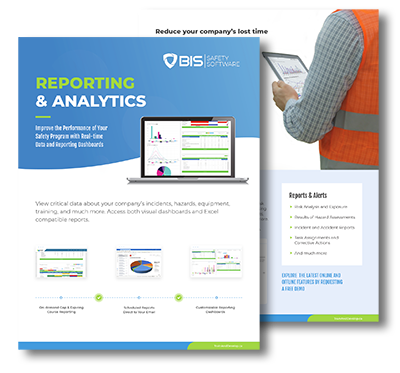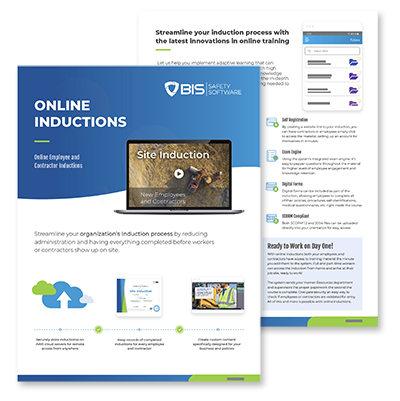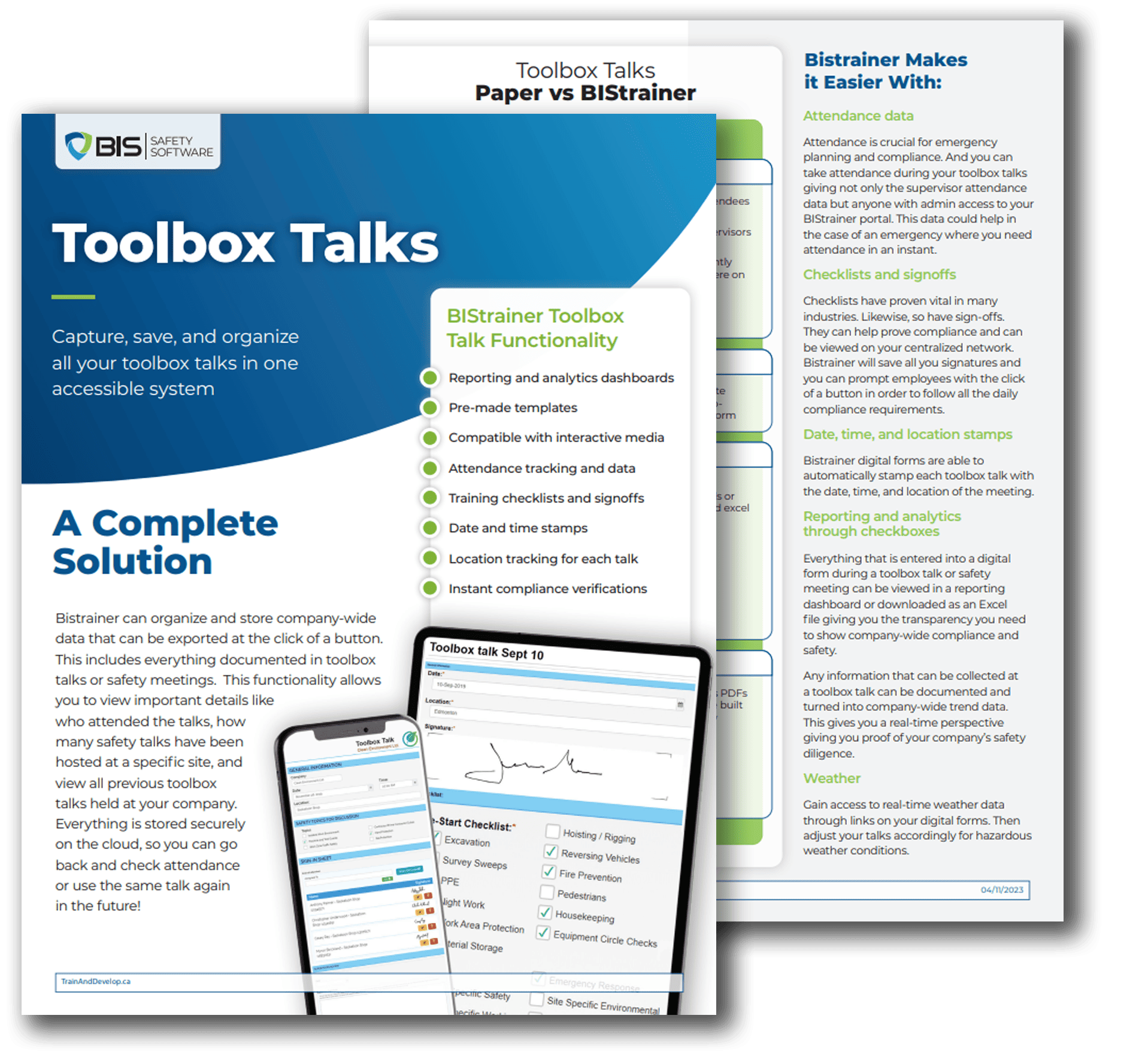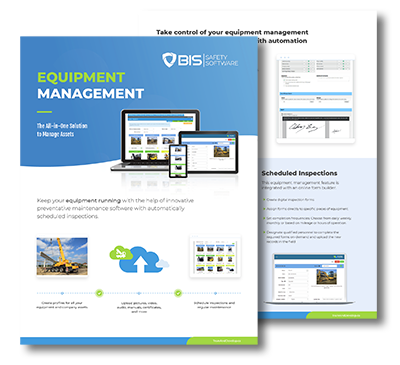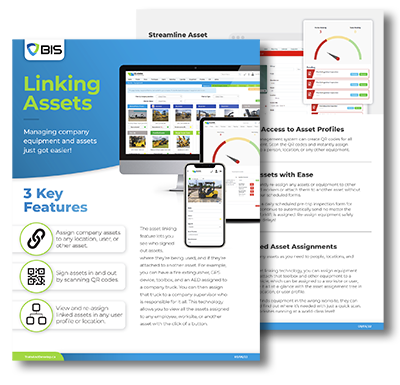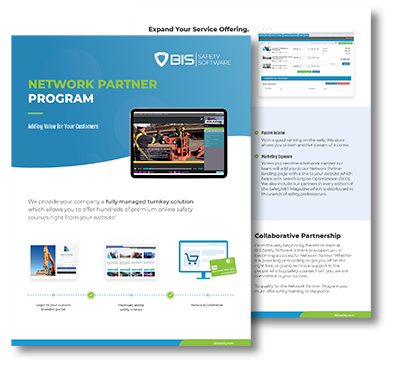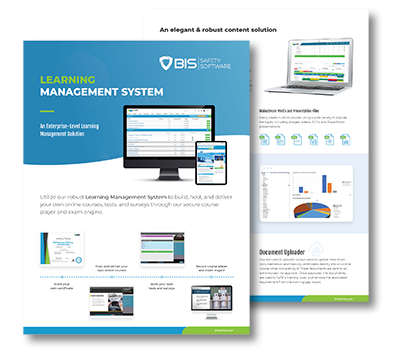Regardless of the size of your company or the sector it operates in, training your staff is crucial for propelling your business forward. In the UK, where the market is competitive across industries, staff training extends far beyond mere initial orientations. Indeed, a well-curated training programme could span the entire duration of an employee’s tenure with your company.
To enhance efficiency, boost employee retention, and even reduce training expenses, it’s essential to discuss how leading firms automate their training processes using a training matrix.
Explore this article:
The Workings of a Training Matrix
A training matrix is designed to close the gap between the current and desired skill levels of your employees. It functions by automatically notifying your administration or employees about the necessary training they need. Sometimes it does this with a visual representation that can be filtered by role, task, and location, while other systems notify admin and users through their smartphones and emails.
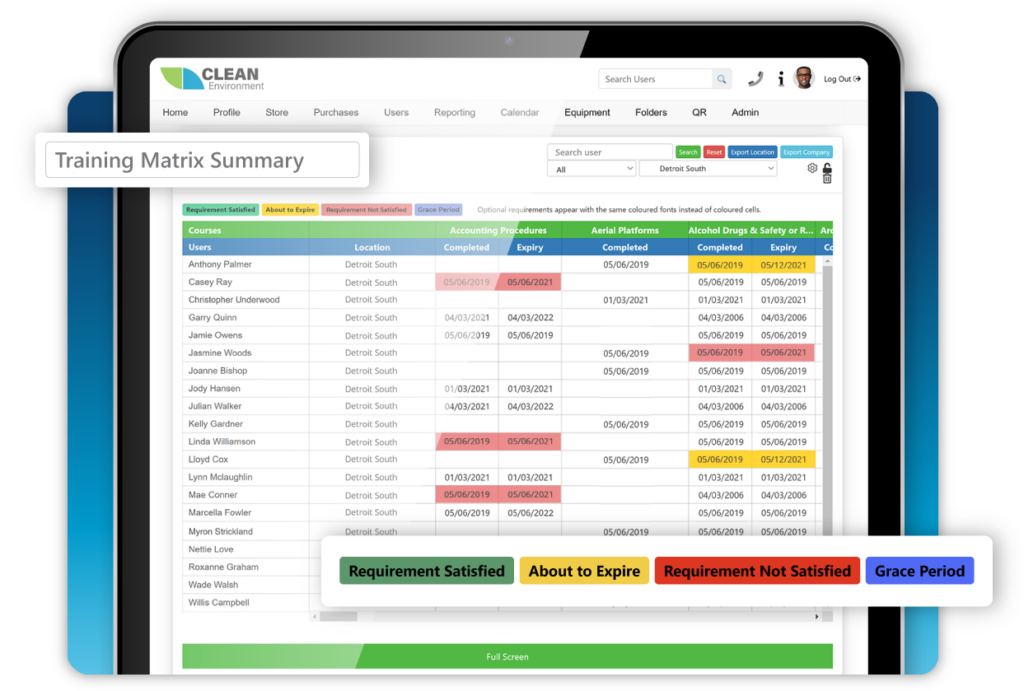
Plus, when a training matrix is integrated with a Learning Management System and Training Record Management System (EHS Software), employees are informed of the specific courses required to bridge their skills gap, which they can undertake at their convenience using online courses from the LMS.
With a comprehensive training matrix, your organisation can:
- Enhance Safety – Automatically inform staff about missing training requirements, thereby reducing administrative burdens.
- Ensure Compliance – Identify the specific credentials required for operating within the UK and tailor this information to each job site, providing detailed compliance guidance.
- Identify Weak Points – Pinpoint areas needing development in strategy, training, and certification, thereby allocating resources more effectively.
- Highlight Strengths – Recognise and build upon the strengths of your team members, establishing a solid foundation for future changes.
- Clarify Expectations – Ensure that team members are aware of their capabilities and what is expected of them, leading to a more cohesive and efficient work environment.
Software vs Spreadsheets
While some may prefer a DIY approach with spreadsheet-based matrices, training matrix software offers superior functionality. Such software centralises information, updating status changes in real-time and providing instant access to employee data. This contrasts with spreadsheets, where issues like conflicting versions, outdated information, and data entry errors are common, not to mention the significant time investment required for manual updates.
Practical Applications of a Training Matrix
Consider a UK-based company with multiple warehouse locations, each storing different types of materials. Various teams would require specific certifications – some might need forklift licenses, while others require training in handling hazardous substances. A training matrix software would manage this information efficiently, indicating necessary certifications, tracking renewal dates, and even suggesting additional training for employee development.
Practical applications of a training matrix in various organisational contexts can demonstrate its versatility and effectiveness in enhancing employee skill sets and organisational efficiency. Below are some key examples:
Skill Gap Analysis
- Identifies discrepancies between current employee skills and those required for optimal performance.
- Prioritizes learning and development initiatives based on identified skill gaps.
Compliance and Certification Tracking
- Ensures all employees meet legal and industry-specific training requirements.
- Automates reminders for certification renewals, reducing the risk of non-compliance penalties.
Onboarding Efficiency
- Streamlines the training process for new hires, ensuring they receive necessary foundational knowledge.
- Facilitates a smoother transition into their roles, enhancing productivity from the outset.
Personalised Learning Plans
- Allows for the creation of individualized development programs based on employee roles, career aspirations, and identified skill gaps.
- Enhances employee engagement by showing investment in their personal and professional growth.
Performance Improvement
- Links training needs directly to performance appraisal outcomes, addressing weaknesses with targeted learning interventions.
- Supports continuous professional development and career progression within the organization.

Resource Allocation
- Identifies high-demand areas for training, allowing for better allocation of training resources and budget.
- Optimizes the use of internal and external training providers based on the needs analysis.
Succession Planning
- Prepares employees for future roles by ensuring they acquire the necessary skills and qualifications in advance.
- Supports organizational stability and growth by preparing for leadership transitions and critical role vacancies.
Safety and Risk Management
- Addresses safety training needs, particularly in industries where physical safety is paramount, reducing workplace accidents and related costs.
- Ensures employees are trained on the latest regulations and safety protocols, mitigating risk exposure.
Cultural and Change Management
- Facilitates training on company culture, values, and changes in organizational direction or strategy.
- Ensures all employees are aligned with the company’s vision and understand their role in achieving it.
Technology Adoption
- Supports the rollout of new technologies or systems by managing training on their use and best practices.
- Enhances adoption rates and ensures employees are proficient with new tools, improving overall productivity.
Who Benefits from a Training Matrix?
Virtually every employee stands to gain from a training matrix. Beyond meeting minimum training requirements, a training matrix can be leveraged to unlock an employee’s professional potential, benefiting individuals across all levels of the organisation.
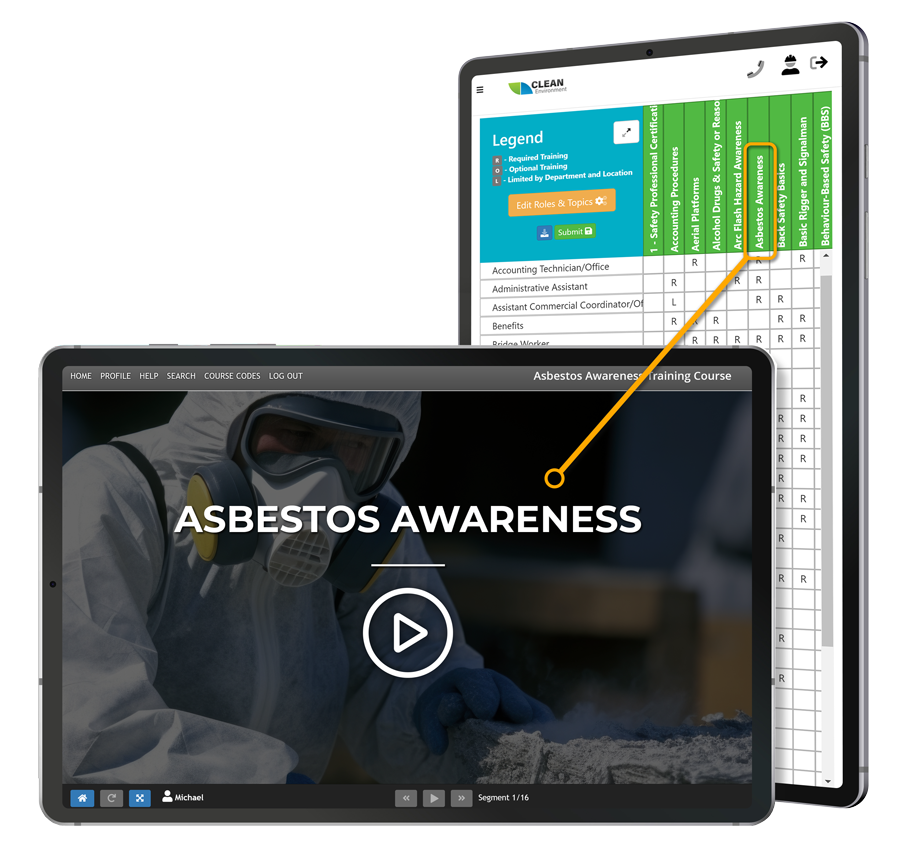
The Impact of a Training Matrix on Your Organisation
Employing a training matrix does more than ensure compliance with training certifications; it significantly enhances employee satisfaction and can positively affect your bottom line. In the UK, the cost of replacing an employee can be substantial, with estimates suggesting that it can be as high as 16% of their annual salary for lower-earning roles and up to 213% for highly trained positions. A training matrix can help reduce these costs by improving employee retention rates. Employees who see that their company invests in their development are more likely to remain loyal, reducing turnover and associated costs.
Key Takeaways
Adopting a training matrix can transform any business, fostering a more adaptable and skilled workforce and supporting long-term growth. In the context of the UK’s dynamic and competitive business landscape, the strategic implementation of a training matrix is not just beneficial but essential for the sustained success of any organisation.
Additional Articles

Introduction to Field Level Hazard Assessments (FLHAs)
Learn the practical steps required for conducting Field Level Hazard Assessments with our detailed guide and real-world examples. … Read More

Empathy at Work: The Leadership Mindset That’s Driving Real Results
Empathy at work isn’t fluff—it’s a performance driver. From trust and safety to innovation and loyalty, emotionally intelligent leadership is reshaping business success. … Read More





